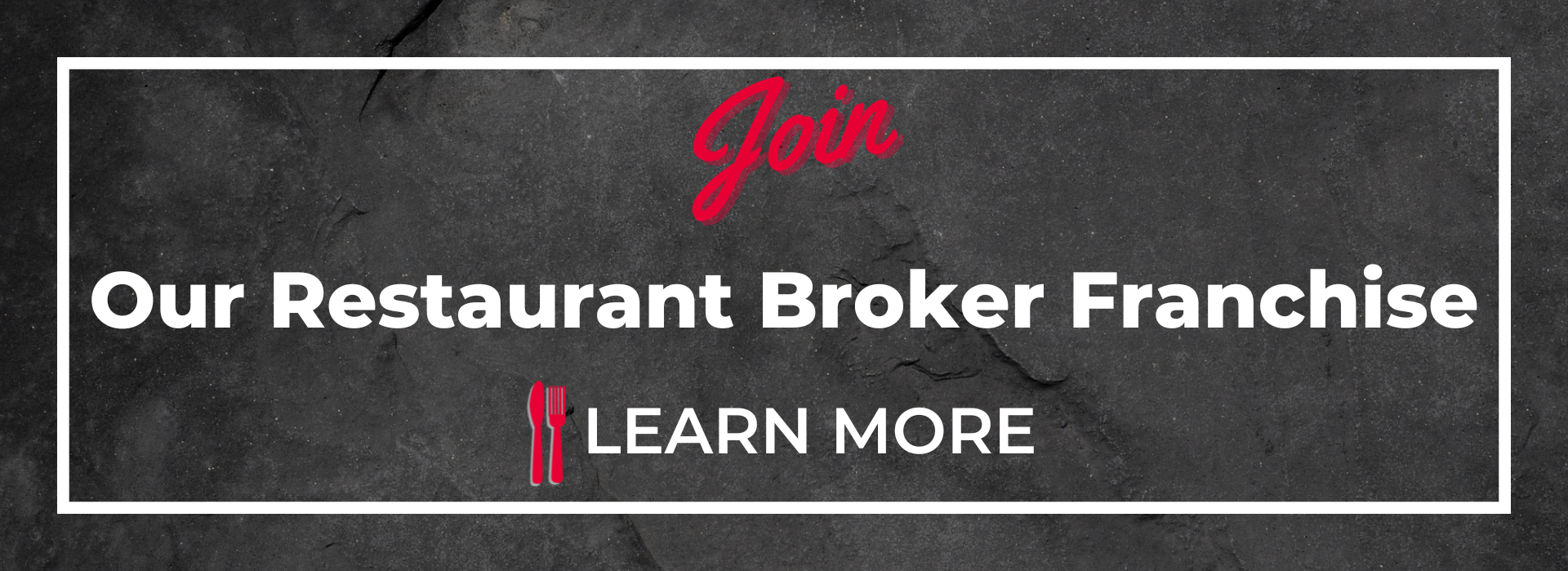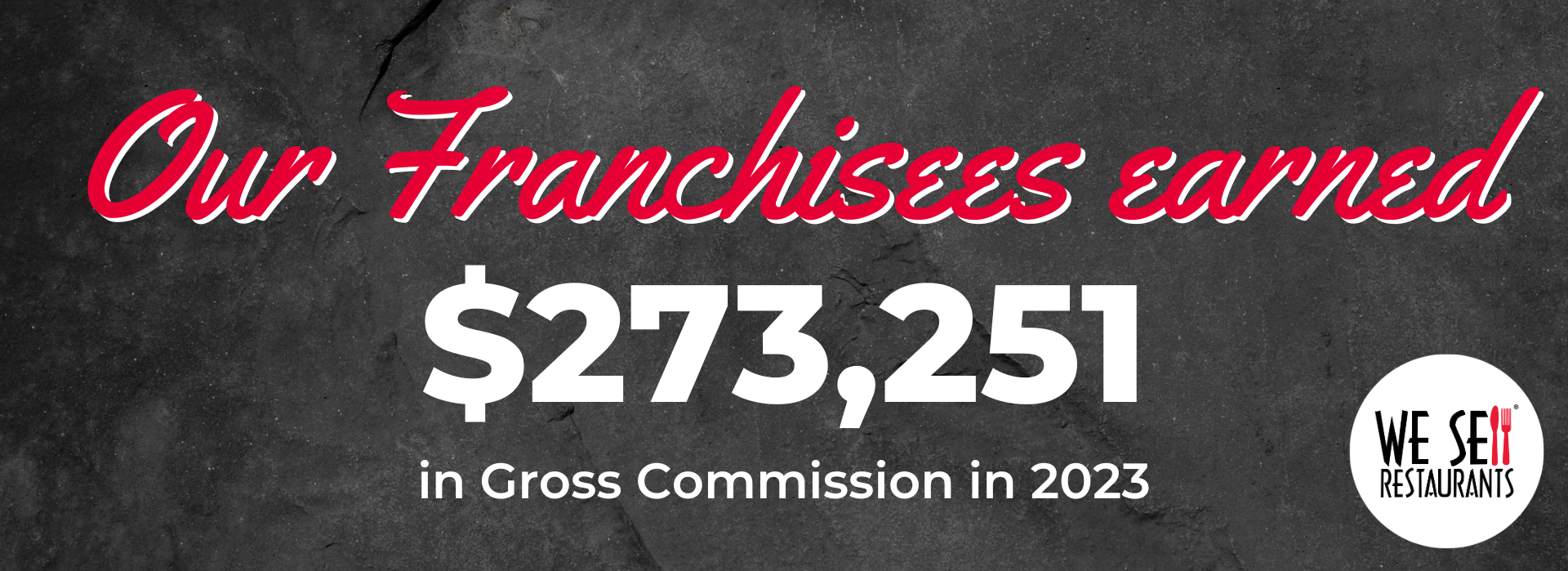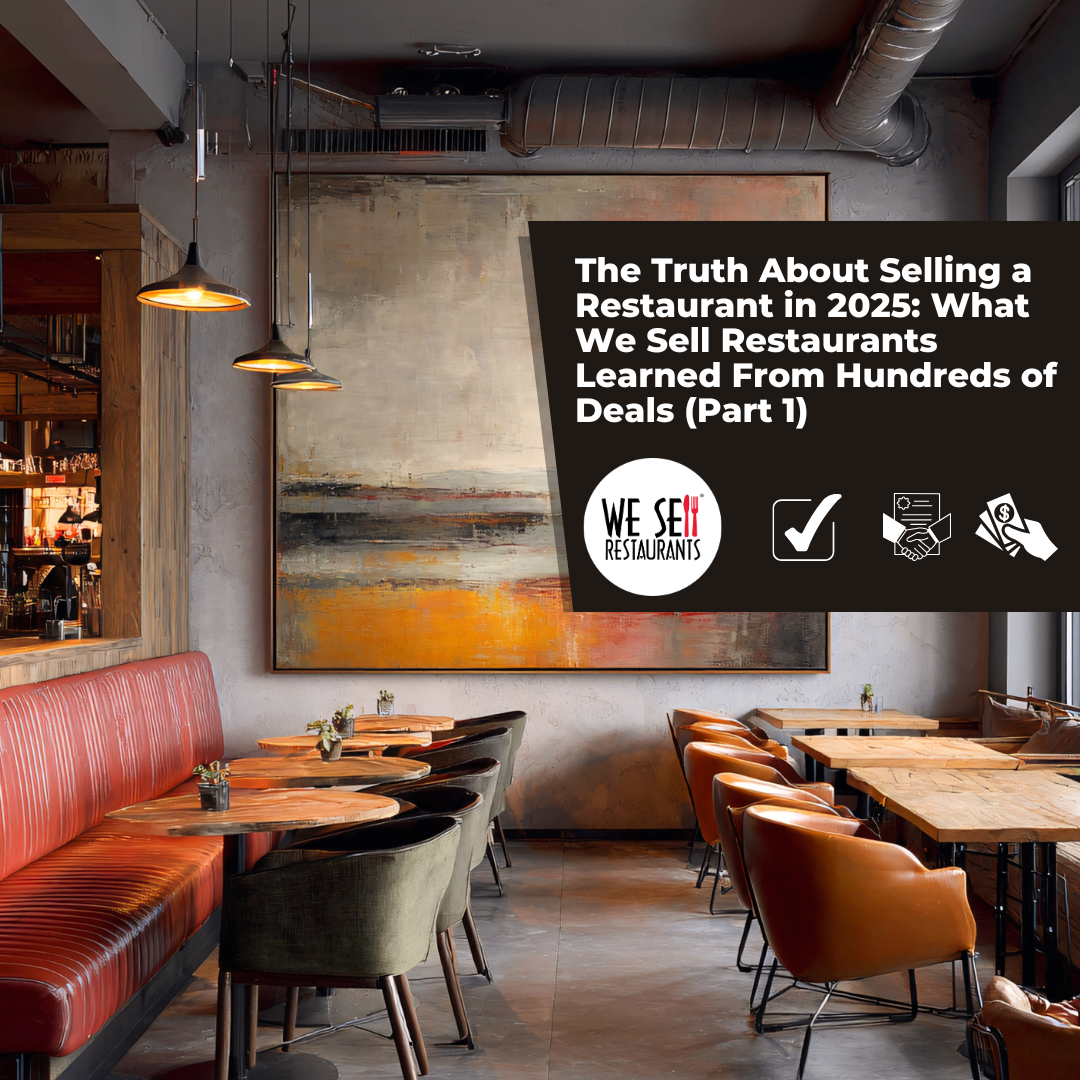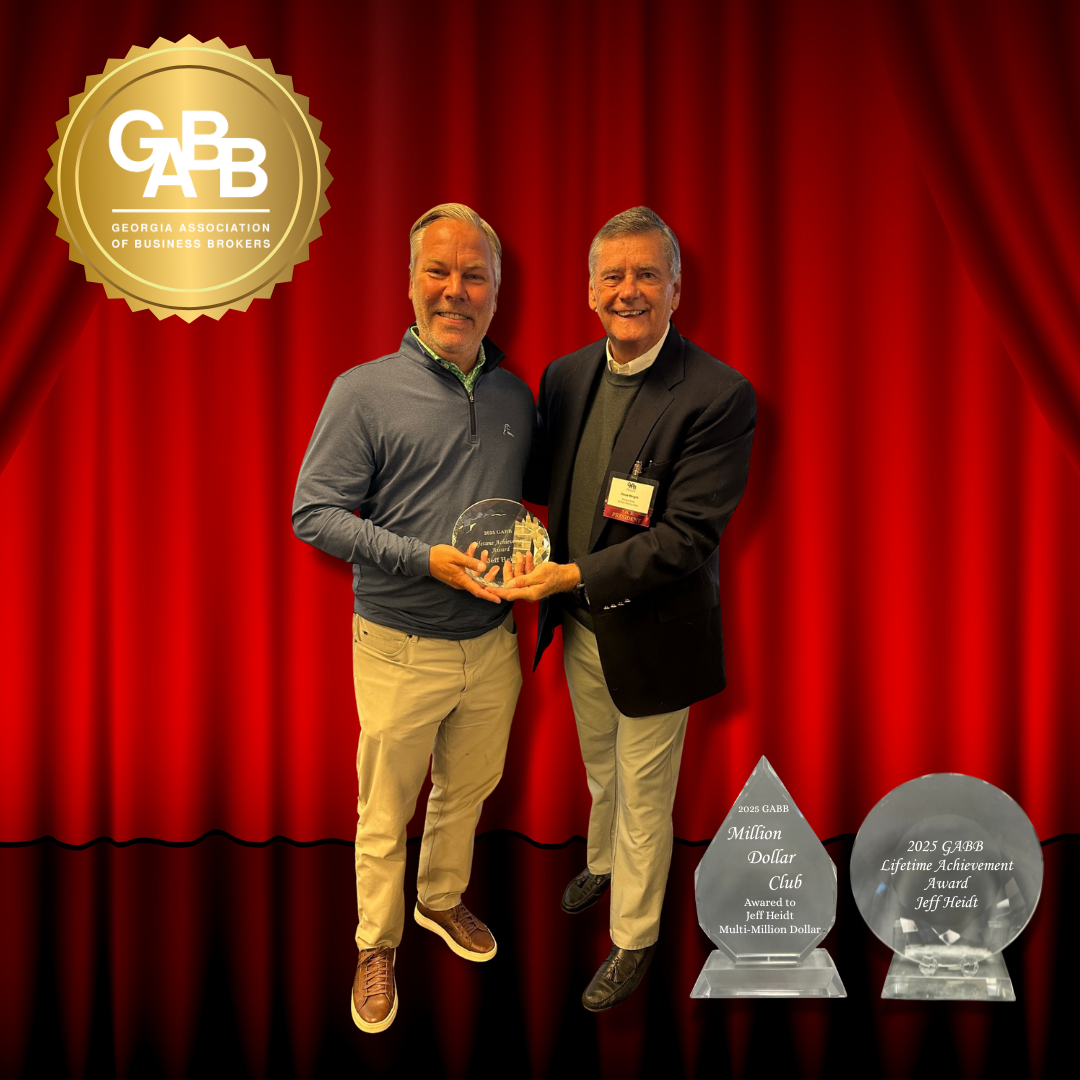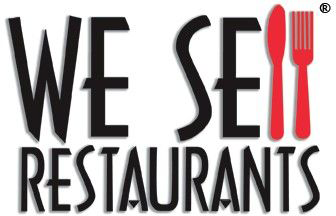If you are in the market to sell your restaurant, there are multiple ways to increase the actual asking price and value of a restaurant business. Many of these items are within the seller’s control but require a deep dive into the financial statements, a close look at the business, and a commitment to clean up the business in more ways than one before putting it on the market. Here are three key ways a seller can position their business and sell your restaurant for the most money today.
First: Remove all Fear, Uncertainty, and Doubt to Sell Your Restaurant for the Most Money
Make sure your business opportunity tells the best possible story. This includes, most importantly, your books and records. A buyer who is looking to pay the highest possible pricing is attempting to remove any questions in their mind before proceeding. Look at your restaurant through the lens of a buyer with a goal to remove all fear, uncertainty, and doubt that could result from a close study.
This begins with the cost of goods sold line on your profit and loss statement. If your food cost is not between 28 and 32%, then why not? When you fall outside the acceptable ranges for key metrics like food cost, that introduces the fear, uncertainty, and doubt that your books are “real” and nothing is incorrect. Remember, we want to remove that FUD factor or fear, uncertainty, and doubt. Remove this at the front end of the transaction if you want to sell your restaurant for the most money.
In reviewing your food cost, make sure that your accountant has not mistakenly booked labor into that line item. The National Restaurant Association published a recommended chart of accounts many years ago for restaurant use. That chart of accounts does not include labor as a line item even if your accountant views it as a direct cost within the cost of goods sold metric. If you place labor in this line, you will overstate your cost of goods sold and introduce that acronym FUD into the deal.
The first step is to clean up your chart of accounts to be consistent with what it should look like for all other businesses. The restaurant buyer will be comparing your business opportunity to all others out there so if you want to sell your restaurant for the most money, your books must be not only perfect but reflective of national indices.
Once you have dealt with the cost of goods sold, closely examine your salary line. If your salaries are outside of 25% of sales, that ugly acronym FUD will raise its head again. While labor costs have moved up in the past year to two years did labor shortage, any one-time labor increases could be managed on the top line by taking price increases to the menu to even this out so that labor stays within the realm of 25%. If you and your wife plus your teenage son work a combined 120 hours in the business each week and none of you were drawing a salary in the payroll line, then you will automatically have an understated salary line. A buyer is looking at what he will have to pay to staff the store appropriately when he is coming in as a single operator. Commonly, that should be around 25% of sales. If your labor cost is above this number, it may be that you or a family member or highly compensated and that is acceptable. This amount can be added back as the benefit for the new owner if you take it in W-2 or 1099 income and not through distributions. However, if you work limited hours in the store and are simply overstaffed or have management that does not closely monitor this metric, then you are creating a situation for a buyer to key into that will introduce, again, fear, uncertainty, and doubt. This will block your ability to sell your restaurant for the most money.
The third step is to carefully examine your rent or occupancy costs. Your rent should be roughly 10% of sales including all occupancy costs. This includes all CAMS (common area maintenance), plus taxes and insurance paid to the landlord. If your occupancy cost is dramatically below this number, it could be that you are the owner of the building and not booking your rent at the market rate. If that rental rate is the same number you will charge a new buyer when you sell your restaurant, that is also acceptable. However, if you plan to raise the rent for the buyer to a new market rate, then you must make sure that that amount is deducted from the earnings. In that instance, it will not be an add-back but instead a negative adjustment.
Second: Confirm Income is Actually Income to Sell Your Restaurant for the Most Money
Lastly, you must examine any “Other Income” stated on your profit and loss. Other income could include sales for third-party deliveries you book separately from other revenue. What it may not include is any PPP money, grant money, one-time settlement money, or similar. PPP mistakenly booked on P&L’s is the most common error seen on financial statements for the past year or so. PPP money is a balance sheet item, a loan, and does not belong on the P&L. The only income that can count toward the ultimate pricing to sell your restaurant for the most money is usual and customary income from transactions, not any one-time income. That includes insurance payouts or other significant one-time events. You should also remove sales tax from the sales before they are reported so that sales are free of any comps, promos, sales tax, voids, or other items. Sales should be net sales, after all these items with royalties stated below the line if you are a franchise brand. Otherwise, buyers looking at two restaurants for sale will see the income overstated on one of them if the sales tax is included in the top-line amount.
Once all this is complete, you must absolutely confirm that your P&L matches your tax returns. All SBA 7A loans require that the bank not only value the business directly from the tax returns but also pull from the IRS a copy of exactly what you filed. It is acceptable and common for the P&L and tax return to have some differences. For example, common items like depreciation and amortization are frequently added to your tax return but not reflected on the P&L as they are year-end adjustments. These items are added back, however, in the analysis of earnings and will still tie to the valuation determined by a Certified Restaurant Broker. If they do not match on any line item like those mentioned above, sales, cost of goods sold, or labor because some items are handled “off the books, know that you will not get you will not be able to sell your restaurant for the most money. Buyers and lenders will request tax returns during due diligence and this is the ultimate measure of avoiding the FUD factor of fear, uncertainty, and doubt.
Third: Apply a Critical Eye if You Want the Highest Selling Price for Your Restaurant
Now that you have dealt with these items on your profit and loss statement and understand where they lie in terms of common metrics, you must move to the physical appearance of the store. All buyers will visit your store. If you expect to sell your restaurant for the most money, the business must put on a good face. It is not the determining factor, as the value is set from the financial performance. However, if your air vents are cluttered with dust bunnies and your tabletops are sticky to the touch, expect buyers to be put off and begin to push back on the pricing. For that reason, you should walk through your restaurant with a critical eye. If you can buy a $20 gallon of paint and freshen up a corner that has been neglected too long, invest the money. It will pay off in the thousands of dollars return to you at the closing table and help you sell your restaurant for the most money.
You also want to take a critical eye at your staff. Are they consistent in putting forth your brand image? This applies not only to franchises but also to independent locations. Do you have them wear a common shirt or apron? Is their apparel worn out faded and not reflective of your best look? If so, it is simply one more way you can signify to a buyer that your business is worth the investment. To sell your restaurant for the most money, appear at the door as if you are a secret shopper, not the back entrance you commonly take. Take a critical eye at the landscape of your business. If you have half-filled chip racks due to supply chain issues, remove a rack. If your most tenured employee’s apron reflects the years on the job, buy her a new one.
That reminds me of another item we might just discuss if you were going to sell your restaurant for the most money—Make sure anything personal is removed from the restaurant before you place it on the market. A strong Certified Restaurant Broker will require a list of assets meaning the furniture, fixtures, and equipment that will convey to the buyer and the sale. If the picture on the wall is a beloved landscape painted by your great-grandmother, pull it down. Spend $20 at a discount store and make the change out before you list the assets and have a Restaurant Broker walk through the business.
Anything a buyer sees in the store they will assume conveys to them even if it is not on the equipment list. This also refers to kitchen equipment. If your oven has been out of use for two years and you simply store pizza boxes in it, pull it from the line. The buyer will see it and expect that it will be working at the time of the sale. This will deduct from the selling price at the last minute. If you want to sell your restaurant for the most money, pull the equipment that is not working because you have determined it’s not necessary for the operation and the investment to repair it is too great. The last thing you want to do is arrive at a selling price with a buyer, and then have them renegotiate for an additional five to $8000 off because of equipment that is not working. Even if it is not necessary or used in the business, if it’s entered on the equipment list or made available for their viewing during a store visit, they expect it to convey.
Overall if reading this article reminds you that you are not able to sell your restaurant for the most money, consider slowing down your strategy. Ask a Certified Restaurant Broker to come in and prepare a valuation on your behalf. Let him or her talk you through what they see in the business and give recommendations. Then work towards a goal of cleaning up these items, filing your taxes appropriately, and placing the business on the market later.
Read also the Dos and Don'ts of the Restaurant Buyer Meeting.
 Robin Gagnon, Certified Restaurant Broker®, MBA, CBI, CFE is the co-founder of We Sell Restaurants and industry expert in restaurant sales and valuation. Named by Nation’s Restaurant News as one of the “Most Influential Suppliers and Vendors” to the restaurant industry, her articles and expertise appear nationwide in QSR Magazine, Franchising World, Forbes, Yahoo Finance, and BizBuySell. She is the co-author of Appetite for Acquisition, an award-winning book on buying restaurants.
Robin Gagnon, Certified Restaurant Broker®, MBA, CBI, CFE is the co-founder of We Sell Restaurants and industry expert in restaurant sales and valuation. Named by Nation’s Restaurant News as one of the “Most Influential Suppliers and Vendors” to the restaurant industry, her articles and expertise appear nationwide in QSR Magazine, Franchising World, Forbes, Yahoo Finance, and BizBuySell. She is the co-author of Appetite for Acquisition, an award-winning book on buying restaurants.
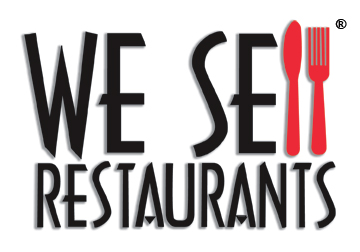
 404-800-6700
404-800-6700

